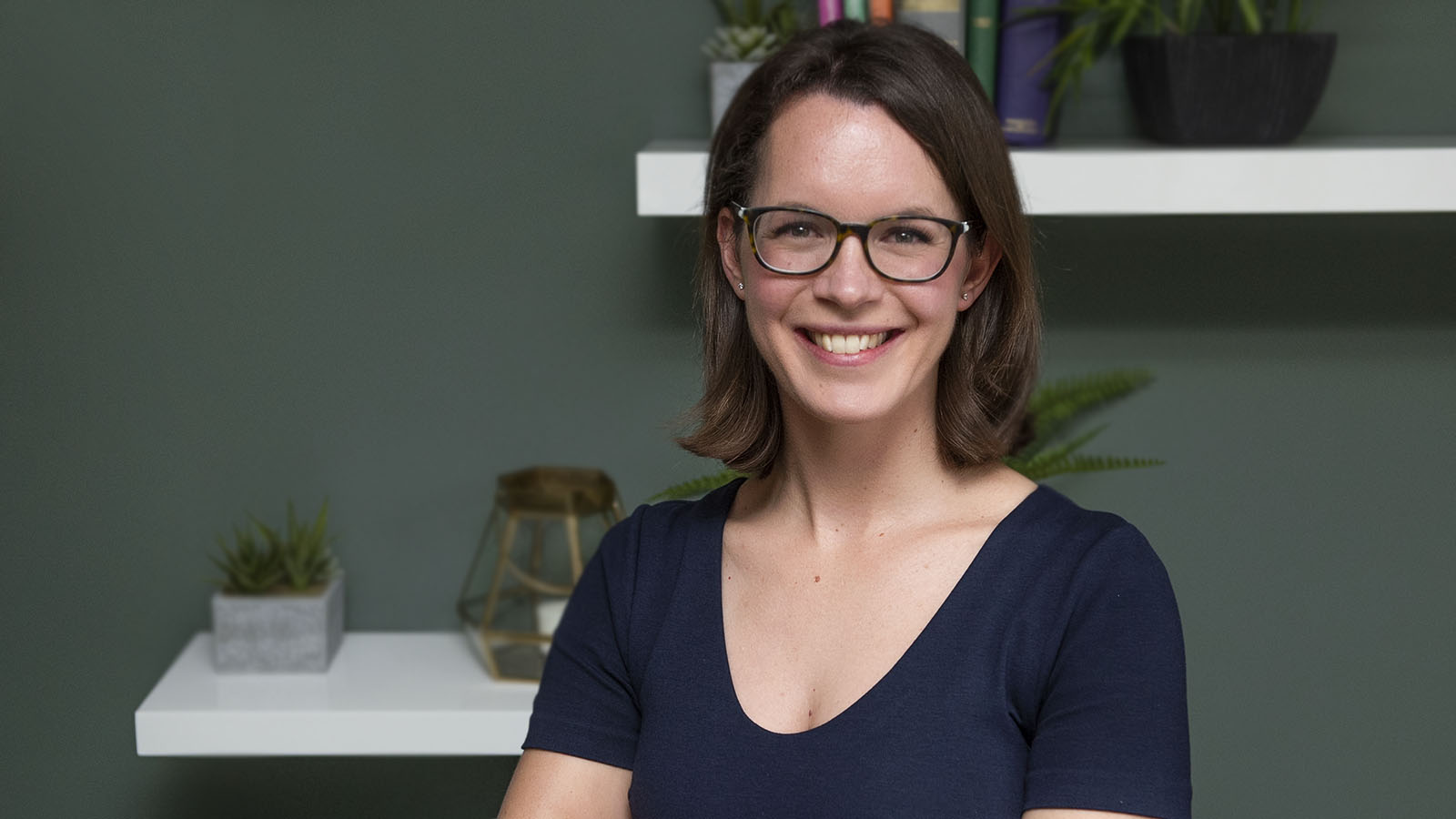Another week, another drama filled episode of The Split. In this blog post, family and divorce lawyer Helen Clyne focuses on one storyline: Hannah and Nathan ‘nesting’.
During episode 3 we see Hannah and Nathan start nesting, a term given to a way of living following divorce or separation. Nesting allows children to continue to live in their family home and the parents take it in turns to live with them (each parent stays elsewhere when they are not caring for the children). The term is taken from bird parents who keep their chicks in their nest and fly in and out to care for them.
In Hannah and Nathan’s case, it is fair to say that their nesting couldn’t get off to a worse start. What appeared to be a ‘good divorce’ is quickly becoming acrimonious as Hannah discovered in episode 2 that Nathan is in a serious relationship with new partner, Kate and that they are expecting a baby. Following this very painful discovery for Hannah, Nathan insists that he returns to the family home one night each week to spend time with the children. This means Hannah is required to spend the night elsewhere.
The situation couldn’t be less appropriate for nesting. Having a food delivery addressed to Kate that arrives at the family home while Hannah is there is the first clue the night is not going to go well. This is the first occasion the children meet Kate, and it is all too much too soon. She cooks for them in their kitchen, tells Liv she is pregnant with her dad’s child and stays the night with Nathan in the family home, despite Liv leaving part way through the evening, drinking too much, and needing her mum to get her safely home.
A good family lawyer would not recommend the nesting approach for Hannah and Nathan’s current situation. Nesting relies on parents being amicable, having a degree of trust and being able to communicate well. These qualities are fast disappearing for the Sterns.
What is the benefit of nesting?
The main purpose is to ensure stability for the children. They can keep to their routines and avoid the disruption of moving between two homes. This is particularly important for young children, perhaps less so for teenage children like the Sterns, though that will of course depend on the children. Nesting can be a practical solution to allow both parents to spend substantial time with their children, particularly if one parent doesn’t have the resources to rent a property large enough to accommodate their children staying with them (it is unlikely Nathan has this problem).
Is there a drawback to nesting?
Nesting is a relatively new concept in the UK. It has become popular in other countries, such as the United States and Netherlands, but the jury is still out over whether it is a good idea. Maintaining stability and consistency sounds positive, but there are concerns about whether nesting leaves children in a state of ‘limbo’, wondering whether their parents will reconcile. It can also unhelpfully delay children facing up to the reality of the breakdown of their parents’ relationship. Some children may find it reassuring that they are able to see both parents with minimal disruption to their lives. Others will find it confusing and uncertain.
If separated parents are going to nest, it should generally only be for a short period, until the longer-term arrangements have been settled and each parent has their own home (whether rented or owned) where the children can stay.
Read our blog post for The Split Season 3 series here:
- Episode 1: A divorce lawyer’s view of the last season of BBC’s family law drama
- Episode 2: Fact-checking and myth-busting season 3, episode 2 of The Split
- Episode 4: Dividing the family assets post-divorce
- Episode 5: Freezing order, saving relationships and second marriages
- Episode 6: A positive end to season 3 of The Split
The contents of this article are intended for general information purposes only and shall not be deemed to be, or constitute legal advice. We cannot accept responsibility for any loss as a result of acts or omissions taken in respect of this article.

